MATTERS OF OBSESSION
Wonder is in the mind of the beholder at Iziko South African Museum
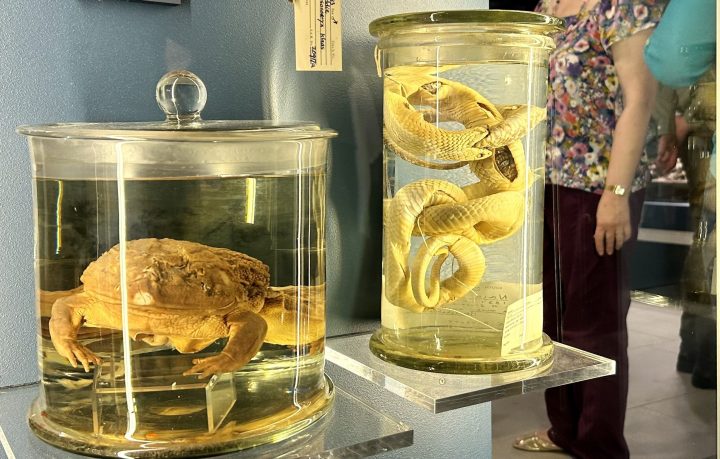
The Iziko South African museum’s newest exhibition since the Covid-19 pandemic aims to revolutionise the future of museum practices. Instead of curating mere ‘cabinets of curiosity’, the exhibition is a step towards looking beyond objects’ obvious beauty.
“The Hidden Wonders of the Iziko South African Museum” exhibition aims to foster more inclusive museum practices by moving away from showcasing objects based on its aesthetic and unusual, some would say ‘exotic’ qualities, to presenting natural heritage items and scientific research towards greater societal benefit.
The exhibition celebrated its opening on 15 December 2022 and showcases animals from a distant past, such as the first fossilised mammal from South Africa and a 3D-printed skull of an African bear to creatures vital to society today, such as dragonflies and damselflies.
“In the past, animals and objects were collected and investigated for their beauty, rarity and strangeness, and these were displayed in the colonial Wunderkammer-like museum,” says Dr Jyothi Kara, lead curator of the exhibition, during her keynote address at the exhibition opening. “Today, we collect to record our incredible natural heritage and uncover the primary foundational information it holds for the benefit of science and society.”
Read in Daily Maverick: “Dismantling silos and engaging our contested past at Iziko National Gallery“
To demonstrate the shifting practices and priorities of the museum, the exhibition includes objects from its old “Wonders of Nature” exhibition. The display includes exotic and strange animals from faraway places, such as the rostrum of a sawfish, the skull of an American moose and the shell of the Amazonian Arrau river turtle. Together, these items demonstrate a typical “cabinet of curiosity”, according to Kara. Although these items are extraordinary in their own right, the new, surrounding exhibits reveal that there are more mysteries to unlock as scientists explore the vast worlds within each item.
“Throughout the rest of the exhibition, we explore the changing paradigms of what and why we exhibit through presenting diverging views of the value of an object that renders it wonderful; exploring the hypothesis that wonder is in the mind of the beholder,” says Kara.
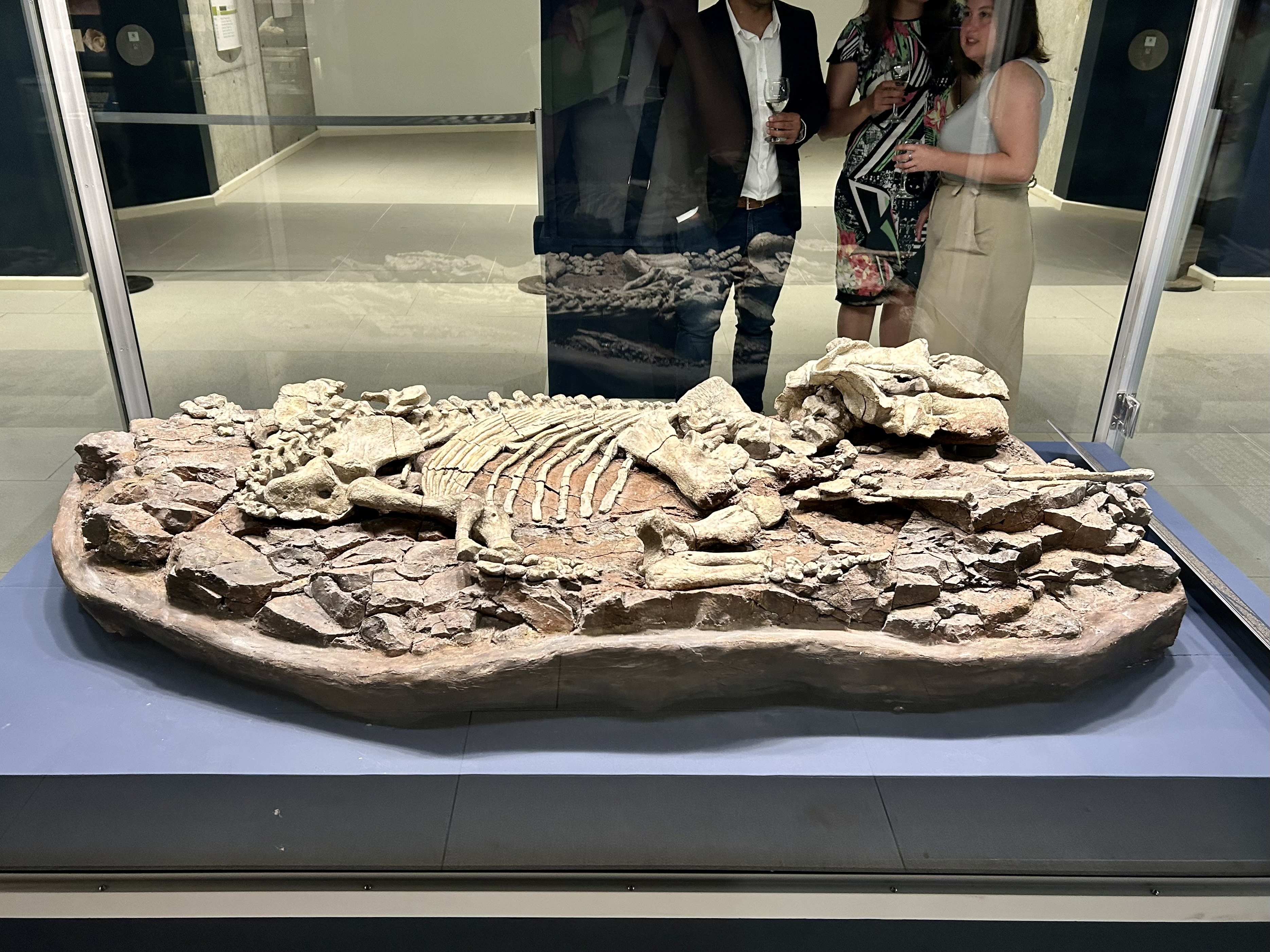
The most complete Endothiodon fossil ever found is on display at the “The Hidden Wonders of the Iziko South African Museum” exhibition. These mammals lived in the Karoo at a time before dinosaurs even existed, according to the display information. Image: Jean-Marie Uys
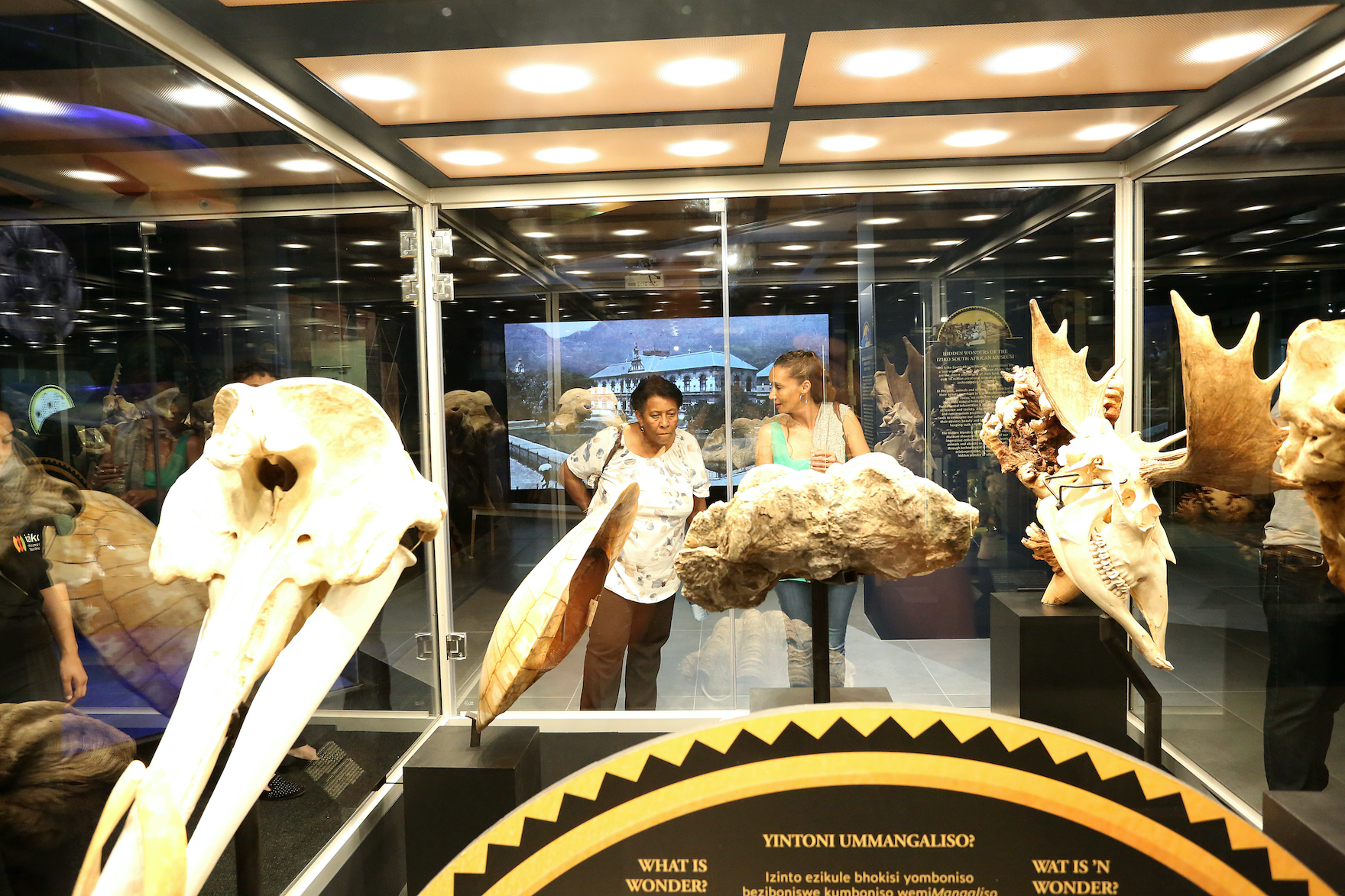
Guests view an exhibit at the opening of the ‘Hidden Wonders of the Iziko South African Museum’ exhibition. Image: Nigel Pamplin/Iziko Museums of South Africa
Re-excavating ancient artefacts with technology
A more dynamic view of objects’ value is supported by technological advancements, which allows museums to “dig deeper” and “highlight the value of keeping such a remarkable record”, according to Kara.
“These advanced technologies have not only enabled us to immortalise these very fragile and valuable specimens, but to bring them closer to the public in the form of exact replicas, enabling education and expanding awareness through museum exhibits and practical educational programmes,” the media statement reads.
One such “remarkable record” on display in the “Hidden Wonders” exhibition is a 3D-printed skull of an African bear, Agriotherium africanum. The African bear, now extinct, was the only one of its kind to roam the plains of South Africa some four or five million years ago.
Prior to printing the physical model, the skull is transformed into a virtual model using raw computed tomography (CT) scan data.
“With this virtual model, it is possible for scientists to perform analyses of form and function of skeletal features, take measurements of sizes, thicknesses and densities of characteristic features that allow them to learn more about the organism,” according to the statement. It adds that in collaboration with the Iziko Museum, Akhani 3D printed the skull in nylon through industrial 3D printing and using a process known as Laser Powder Bed Fusion; all the artefacts of the skull and fossilisation are preserved in this model, which allows for it to “not only be used as a display item, but for research purposes as well”.
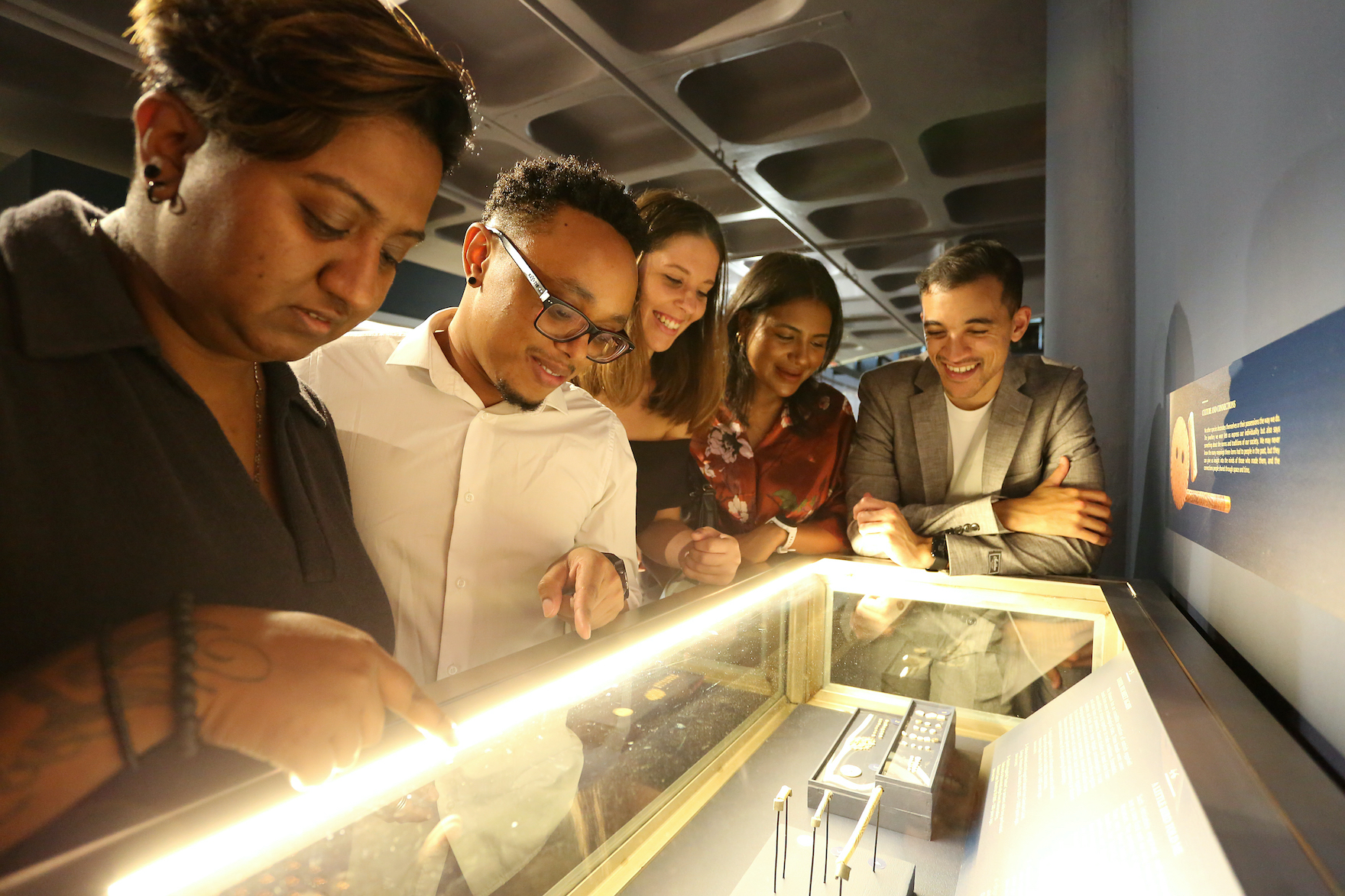
Guests examine an exhibit at the opening of the ‘Hidden Wonders of the Iziko South African Museum’ exhibition. Image: Nigel Pamplin/Iziko Museums of South Africa
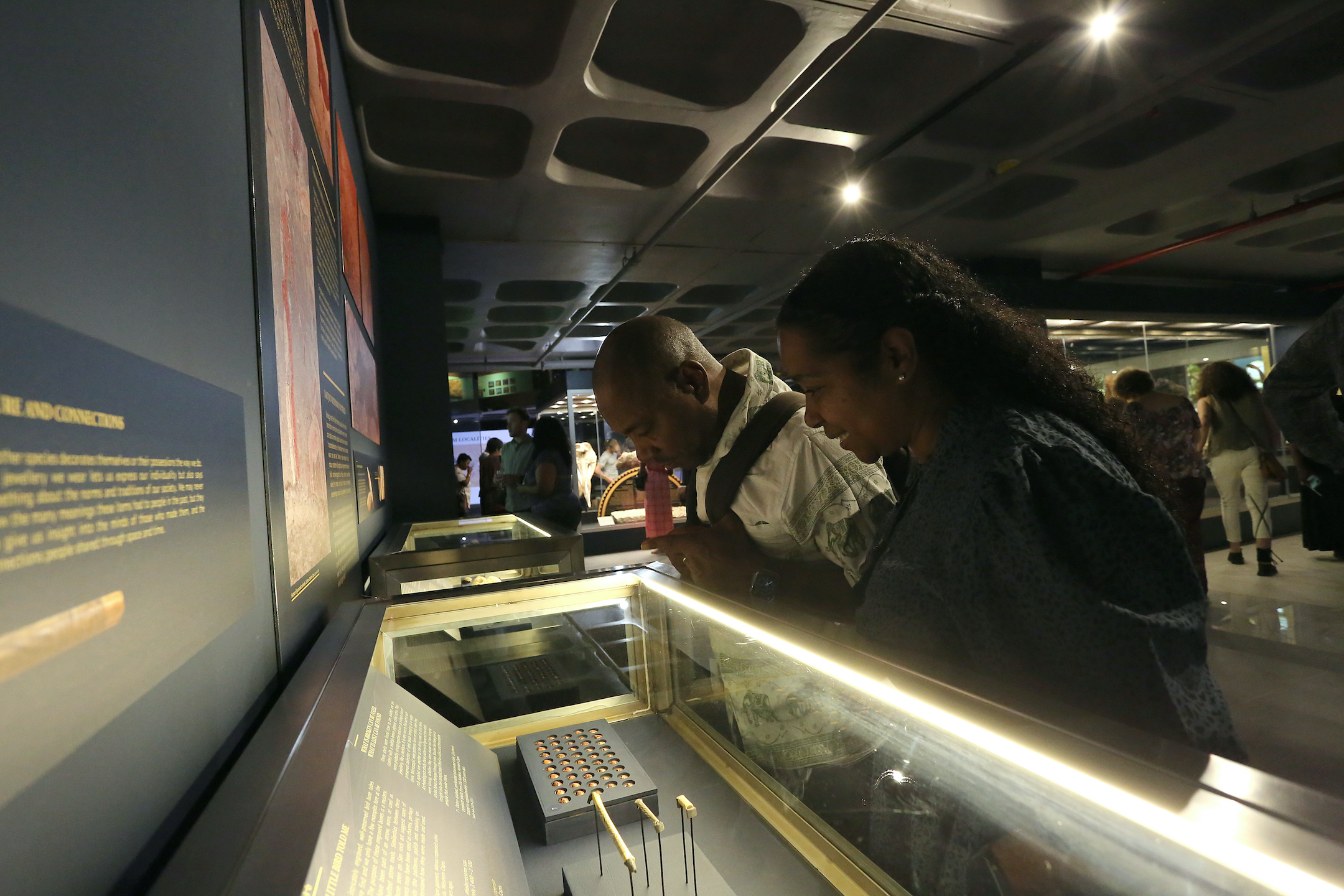
Guests examine an exhibit at the opening of the ‘Hidden Wonders of the Iziko South African Museum’ exhibition. Image: Nigel Pamplin/Iziko Museums of South Africa
Bridging the scientific gap
Kara explains that “the exhibition also aims to create a space that transcends the boundary between research and society”. In fact, she says that teaching visitors the importance of natural resources and how society can benefit from them, it leads to an understanding of why it is important to protect and conserve them.
“We highlight the importance of insects that play a role in pollination, those that can be used as biocontrol agents and others that are used as indicators of water and soil health, thereby understanding how insects ensure our food security,” Kara notes.
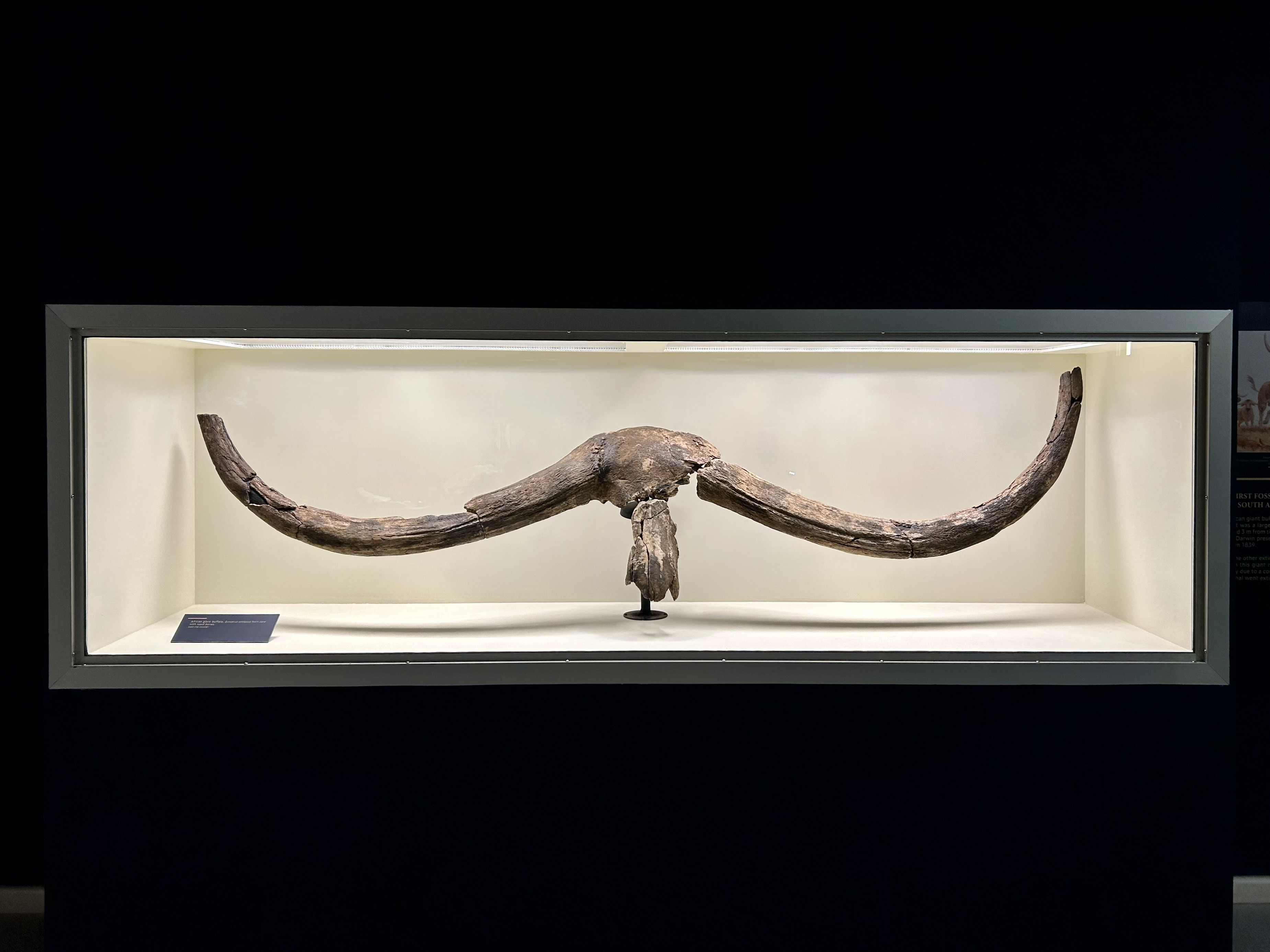
The African giant buffalo is the largest bovid ever described from Africa with horns measuring 3 metres from one tip to the other. The exact horns exhibited at the “The Hidden Wonders of the Iziko South African Museum” exhibition were presented to the Geological Society of London in 1839 by Charles Darwin. Image: Jean-Marie Uys
The exhibition’s display of dragonfly and damselfly adults and dragonfly larvae highlights the importance of these insects, as well as stoneflies, mayflies, dobsonflies, and alderflies in water security. There, on the display information, the viewer is alerted to, for example, the flies’ hypersensitivity towards pollution which can help investigate water quality and manage river health, which ultimately protects these insects.
Visitors are also introduced to the technical practices of taxonomists in identifying and classifying different species through a series of microscopic images. This display includes images of sponges, polychaete worms and bryozoans, which all have their own important roles to play in keeping the ocean healthy, thereby ensuring — among many other things — food security. The museum also houses a laboratory which now includes genetic testing facilities which aids in identifying and grouping species, according to bryozoologist Melissa Boonzaaier Davids.
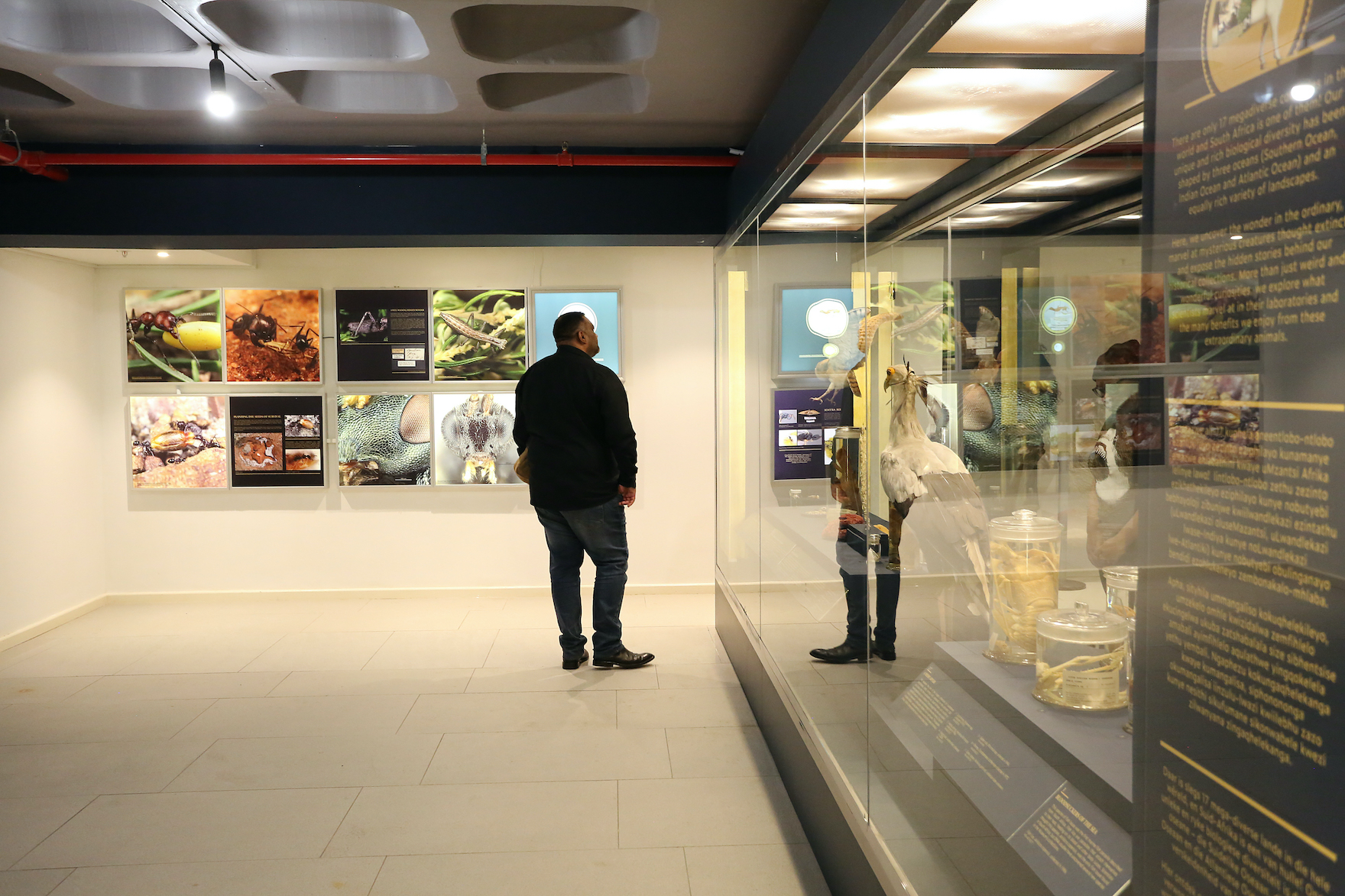
A guest views an exhibit at the opening of the ‘Hidden Wonders of the Iziko South African Museum’ exhibition. Image: Nigel Pamplin/Iziko Museums of South Africa
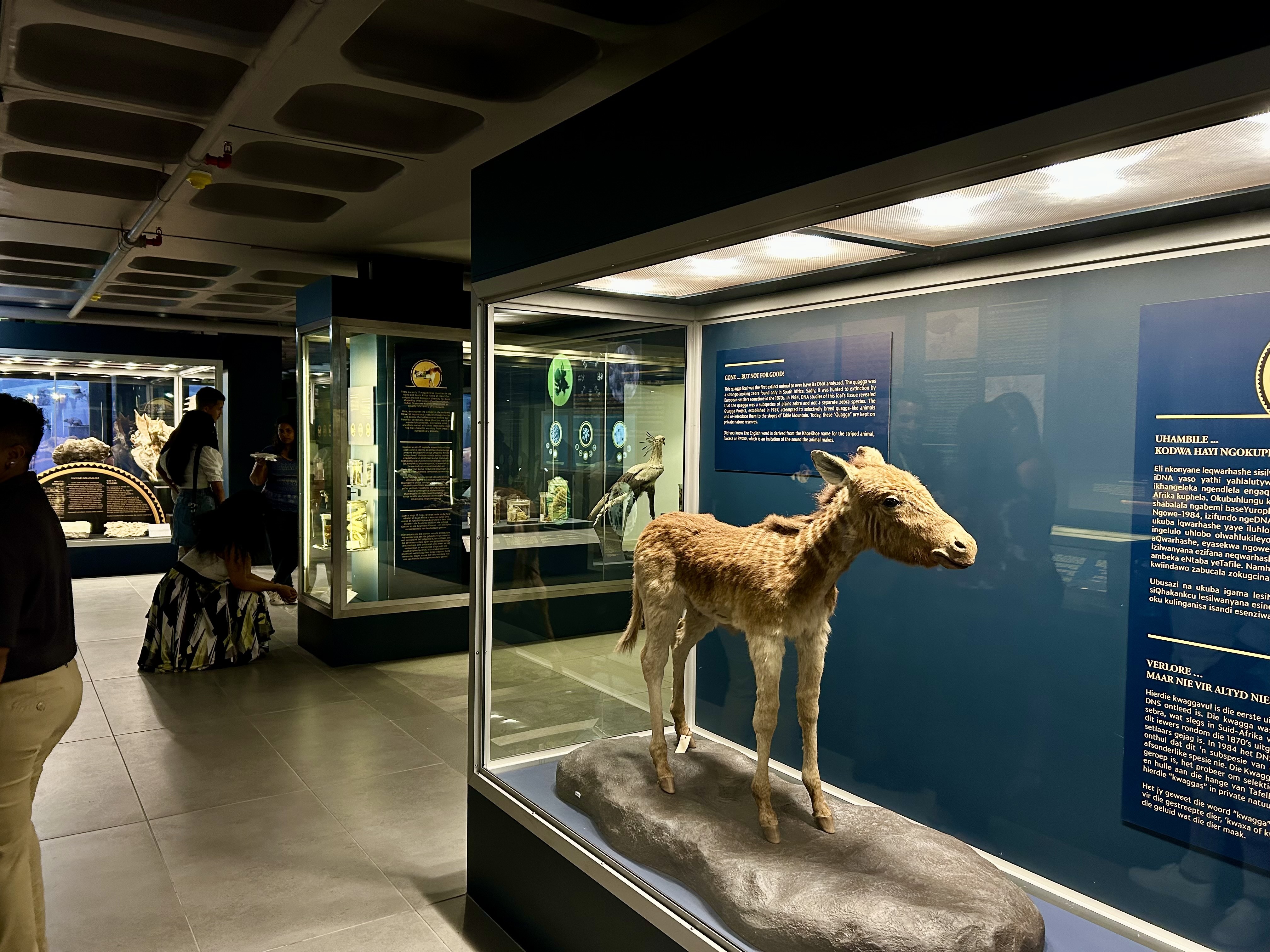
The quagga foal on display at the “The Hidden Wonders of the Iziko South African Museum” exhibition was the first extinct animal to ever have its DNA analysed. Image: Jean-Marie Uys
Experiencing the marvel within
“This exhibition and its opening are part of us getting ready for celebrating and commemorating 200 years of the museum, which will take place in 2025, and is a catalyst for our reimagining and revitalising Iziko Museums of South Africa,” says Melody Kleinsmith, the marketing and communications manager of Iziko Museums.
Housing over 10 million preserved animals, fossils and archaeological artefacts, the Iziko South African Museum’s collections are the largest and oldest of their kind within sub-Saharan Africa, according to Kara.
She adds that, with so many histories to explore under one roof, “The Hidden Wonders of the Iziko South African Museum” exhibition showcases “the very best” of the museum’s collections.
Wayne Florence, the director of the installation, explains that the exhibition was partly inspired by a childlike wonder experienced when visiting museums — “That marvel that we have inside of us when we visit the museum at the hidden wonders within these objects”. DM/ML


















Comments - Please login in order to comment.